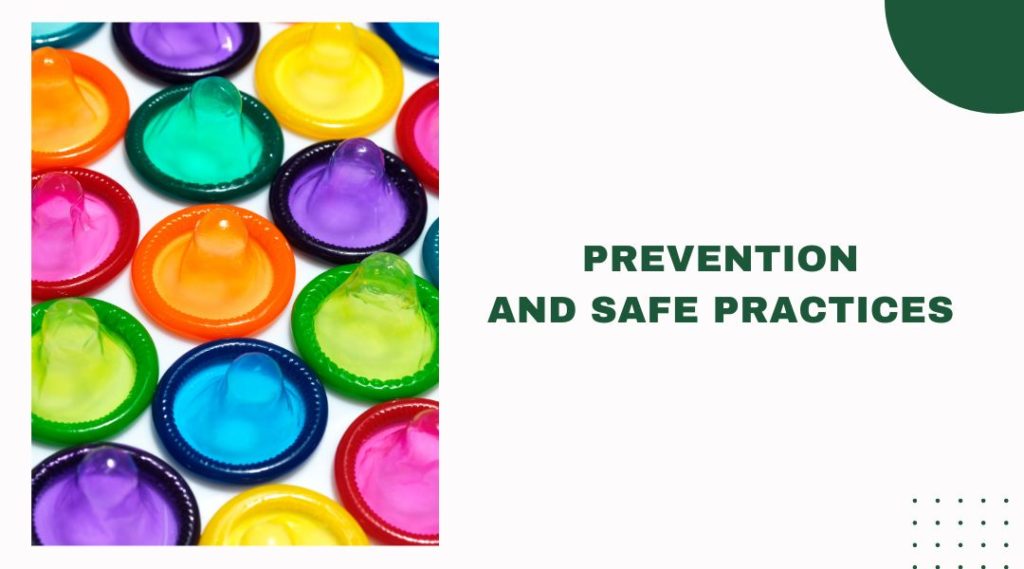Get to Know Gonorrhea
Sexually transmitted infections (STIs) pose a significant risk to public health worldwide. One such prevalent and concerning infection is Gonorrhea. Understanding the causes, symptoms, treatment options, and prevention methods associated with this infection is crucial for promoting sexual health and preventing its spread. In this article, we will delve into the essential aspects of gonorrhea, equipping you with the knowledge you need to protect yourself and your loved ones. Let’s explore the various facets of this STI and empower ourselves with the necessary information for a healthy life.
What is Gonorrhea?
Gonorrhea, often referred to as “the clap,” is a common sexually transmitted infection caused by the bacterium Neisseria gonorrhoeae. This bacterium thrives in warm and moist areas of the reproductive tract, including the cervix, uterus, fallopian tubes, and urethra in women, and the urethra, anus, throat, and eyes in both men and women. Gonorrhea is primarily spread through sexual contact, including vaginal, anal, and oral sex.
Causes of Gonorrhea

Gonorrhea is mainly transmitted through unprotected sexual activity with an infected individual. The infection can be contracted from any sexual partner, regardless of gender. It is important to note that gonorrhea can also be transmitted from a pregnant woman to her baby during childbirth. Engaging in high-risk sexual behaviors, having multiple sexual partners, or not using barrier methods such as condoms increase the chances of contracting gonorrhea.
Symptoms and Complications
In many cases, gonorrhea does not present any noticeable symptoms, particularly in women. When symptoms do occur, they typically manifest within 2 to 10 days after exposure. Common symptoms of gonorrhea include painful urination, abnormal vaginal discharge (yellowish or bloody), pain or swelling in the testicles, and anal itching or discharge. If left untreated, gonorrhea can lead to severe complications such as pelvic inflammatory disease (PID), infertility, ectopic pregnancies, and an increased risk of contracting other STIs, including HIV.
Diagnosis and Testing
Timely diagnosis and testing are crucial for effective treatment and prevention of the spread of gonorrhea. Healthcare providers typically perform a physical examination and collect samples from the affected areas for laboratory testing. These samples may include urine, swabs from the cervix, urethra, rectum, or throat. In recent years, at-home testing kits have become available, allowing individuals to discreetly test themselves for gonorrhea and other STIs.
Treatment Options
Gonorrhea is a bacterial infection, and fortunately, it can be treated with antibiotics. However, due to the increasing prevalence of antibiotic-resistant strains, healthcare providers must carefully consider the most appropriate antibiotics for each case. Commonly prescribed antibiotics for gonorrhea treatment include ceftriaxone and azithromycin. It is essential to complete the entire course of antibiotics as prescribed, even if symptoms disappear, to ensure the infection is fully eradicated.
Prevention and Safe Practices

Prevention is crucial in combating the spread of gonorrhea. Practicing Safe sex by consistently and correctly using Condoms is an effective measure to reduce the risk of contracting gonorrhea. Regular testing and open communication with sexual partners are essential, particularly if there is a change in partners or potential exposure to the infection. Vaccines against gonorrhea are currently under development and may offer promising preventive measures in the future.
Gonorrhea remains a significant public health concern, emphasizing the importance of education, prevention, and early detection. By understanding the causes, symptoms, treatment options, and prevention methods associated with gonorrhea, individuals can take proactive steps to protect themselves and their partners. Regular testing, practicing safe sex, and seeking prompt medical attention when symptoms arise are key in maintaining sexual health and preventing the spread of this sexually transmitted infection. Let us strive for a future where education and awareness lead to a decline in the prevalence of gonorrhea and other STIs, promoting healthier lives for all.

